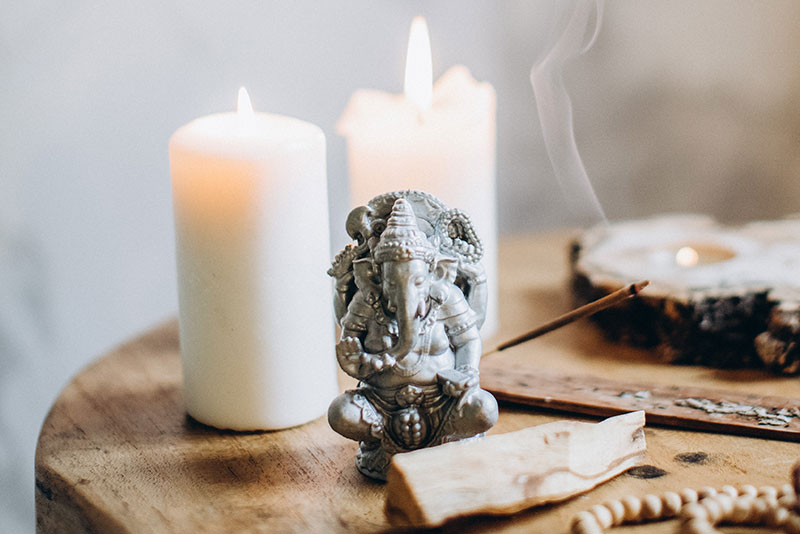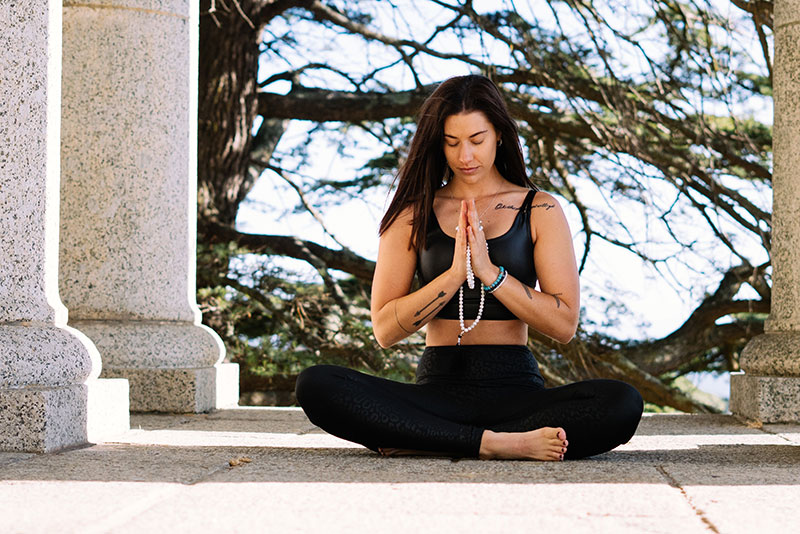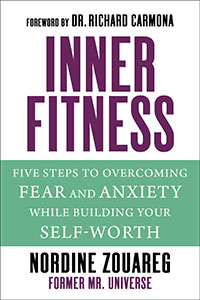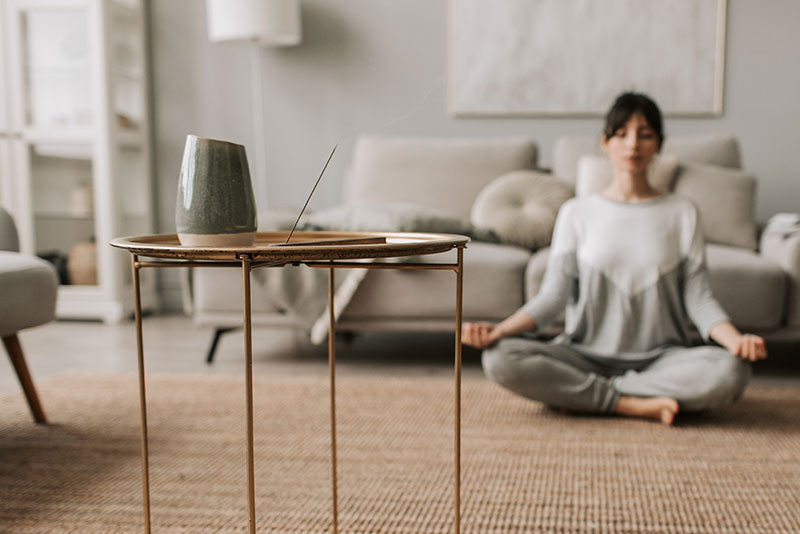By Nordine Zouareg | CONTRIBUTOR |
Meditation is one of the most useful tools I know for tapping into the power of the subconscious mind. Practitioners of Eastern religions have long since known this, of course, but recent technological advancements in neuroscience have actually been able to demonstrate visually the positive effects of meditation on the brain. Recently, Dr. Dharma Singh Khalsa, Medical Director of the Alzheimer’s Prevention Foundation and author of Brain Longevity, completed a study using SPECT (single-photon emission computed tomography) to show the effects of meditation on the brain. In the SPECT images below, we can clearly see the increased blood flow to the brain that occurs after meditation.

In terms of health and fitness, meditation is the bridge that connects your body and your mind. Without the strength of that connection I would have never been able to feel, mentally and physically, the way I and thousands of others feel today. Meditation provides you with a razor sharp sense of awareness that enables you to identify with the mental, physical, and emotional aspects of your being. By facilitating the amazing and extremely sophisticated relationship between your body and your mind you will enhance the benefits of your workouts. You will be able to listen to the conversation that is taking place between your body and your mind, and when you do that, you will be mentally prepared to overcome any challenge you encounter in your quest for health and fitness.
If you’ve never tried meditation before, now is the time. I think you’ll be amazed by how easily your stress melts away as the constant chatter of your conscious mind is silenced and the creative power of the subconscious takes over. Among the many benefits to be reaped are:
- An enhanced state of awareness
- Increased creativity
- Stress reduction
- Lowered blood pressure
- Reduced levels of anxiety
- Elevated mood
- Increased ability to focus
“ If you’ve never meditated before, you may feel a bit uncomfortable in the beginning; don’t worry about that”.

The more you practice, the more comfortable you’ll feel. And don’t be concerned if you have a hard time “clearing your mind.” Thoughts will intrude, and that’s okay. Just accept them and go back to your breathing. You can also use a “mantra,” which is a word such as “one” or the name of a loved one, to help you focus.
There are just four simple requirements for practicing meditation:
- A comfortable position
- A quiet environment
- A mental device (such as your mantra)
- A focused attitude

Meditation for Mental Grounding
- Give yourself permission to stop whatever you’re doing and take 10 to 20 minutes when you can be alone and won’t be disturbed. Tell yourself that this time is for your well being and that you have the right to take it for yourself. You will become more effective and energized if you think of it as your “sacred time alone.” I have found that the best time to meditate is right after your morning shower, before you get dressed for the day. But if that time isn’t possible for you, just pick one that is.
- Relax your body by taking a hot bath, doing some yoga, or doing the deep breathing exercise described in Chapter One. Lighting incense will also help because inhaling the scent will signal neurotransmitters in your brain to produce hormones that calm and soothe the mind. Find a quiet spot where you will not be disturbed and sit comfortably on a chair, or on the floor with your legs crossed in front of you. It is better not to lie down because you don’t want to fall asleep during meditation. It may also be helpful if you to choose an object to focus on to improve your concentration.
- Pick any word, sound, short prayer or phrase upon which to focus. Examples may be: peace, love, blue, heal, or simply one. Close your eyes and as other thoughts come into your mind (and they will) just let them go and return to your focus word. You can say, “Oh well, (your name), relax, one.” Each time you inhale, imagine that you are breathing in an abundance of health. With each exhale, breathe out the stress and begin to relax every muscle in your body, starting with your feet. Once you feel your feet relax, move on to your ankles, then your calf muscles, and so on, all the way up to your head. Feel your body getting lighter and lighter until you feel yourself floating. Empty your mind of all thought and just concentrate on floating on a soft cloud.
- When you feel the time has passed, simply open your eyes and check your watch or clock (no alarms please). If the time isn’t finished, repeat the process until your 10-20 minutes are up. Then take a deep breath, stretch upwards and relax your arms down.
This is the most basic form of meditation.
— From my book Mind Over Body
| By Nordine Zouareg, Author of the book
InnerFitness |
 |
By Nordine Zouareg, Author of the book
InnerFitness
Five Steps to Overcoming Fear and Anxiety
While Building Your Self-Worth.’
Subscribe to get notifications about future articles.
About the Author: Nordine Zouareg – Contributor
Nordine Zouareg is the founder of Executive InnerFitness®, which for the past decade has helped thousands of overworked US Corporate Executives find work-life balance. As a former two-time Mr. Universe champion, an internationally acclaimed high-performance coach, fitness and wellness expert, author of the books Mind Over Body (Grand Central Publishing, 2007), and InnerFitness (SkyHorse Publishing, 2021), Nordine has made it his mission to provide effective and proven methods for maintaining both emotional and physical fitness. He has spent years understanding the unique pressures and stresses of working in high performance fields and has used his knowledge to help people tap into their ability for peak performance and ward off stress and emotional chaos. He draws on three decades of diverse experience in the fitness and wellness fields, including 10 years leading the revolutionary fitness program at Miraval Resort, the world-class destination spa in Tucson, Arizona.


